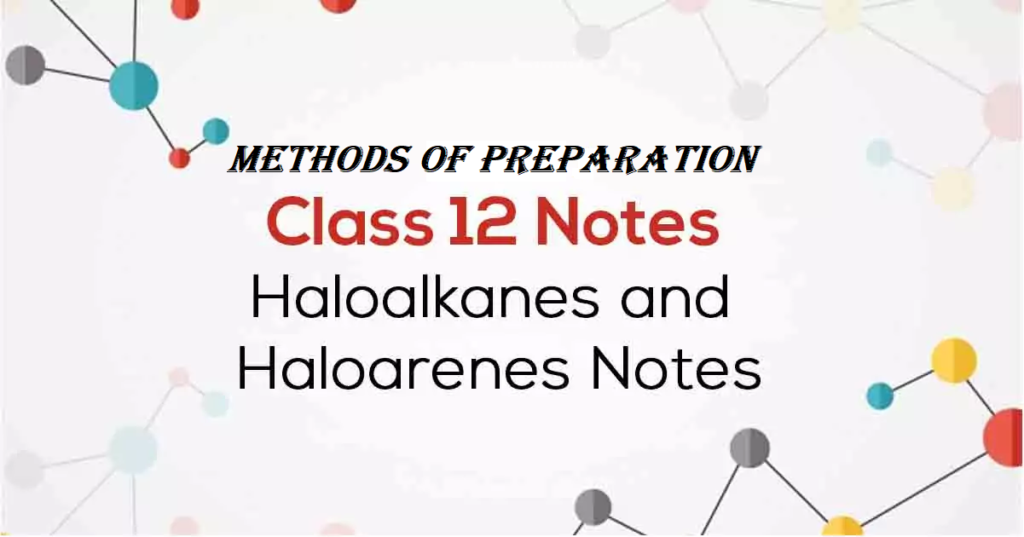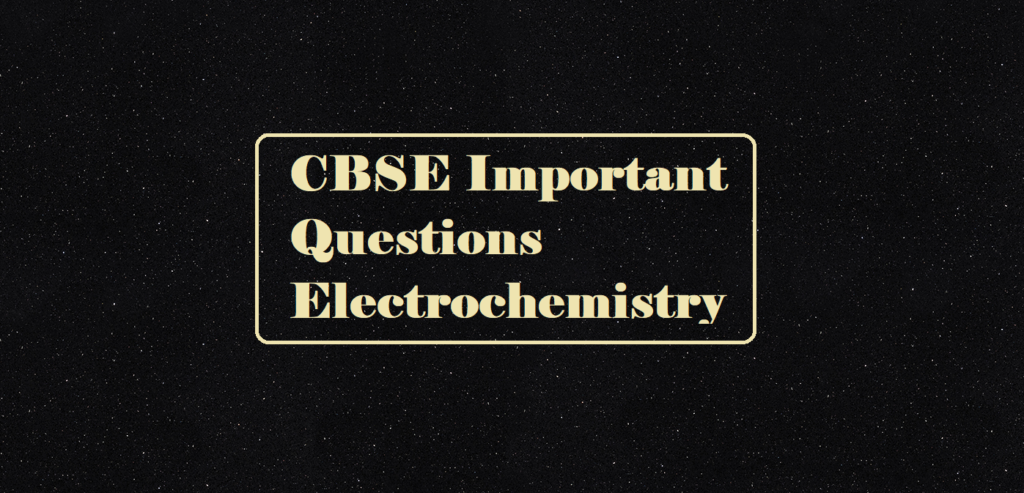Haloalkanes Methods of Preparation
Haloalkanes Methods of Preparation
- Nature of C-X Bond: Since halogen atoms are more electronegative than carbon, the carbon halogen bond of alkyl halide is polarised; the carbon atom bears a partial positive charge whereas the halogen atom bears a partial negative charge.

- Haloalkanes Methods of Preparation: Alkyl halides are best prepared from alcohols, which are easily accessible. The hydroxyl group of an alcohol is replaced by halogen on reaction with concentrated halogen acids, phosphorus halides, or thionyl chloride.
- From alcohols:
a). By the action of concentrated halogen acids on alcohol in presence of anhydrous ZnCl2 as a catalyst.
R − OH + HX → R − X + H2O
Rate: HI > HBr > HCl
Tertiary (3°) > Secondary (2°) > Primary (1°)
- Since HCl is least reactive it requires the presence of anhydrous ZnCl2 for the reaction
- This reaction forms the basis of the Lucas Test which is used to distinguish between 10, 20, and 30 alcohols.
|
Primary Alcohol |
The solution remains colourless unless it is subjected to heat. The solution forms an oily layer when heated. Example: 1-Pentanol. |
| Secondary
Alcohol |
The solution turns turbid and forms an oily layer in three to five minutes (varies based on the solubility). Example: 2-Pentanol. |
| Tertiary
Alcohol |
The solution turns turbid and forms an oily layer immediately. Example: 2-methyl-2-butanol. |
- Reactions of primary and secondary alcohols with HI require the presence of an. ZnCl2, while tertiary alcohols do not require the catalyst.
b). By the action of phosphorus halides with alcohols.
R − OH + PX5 → R − X + POX3 + HX
3 R − OH + PX3 → 3R − X + H3PO3
- Chloro alkanes are obtained by the direct reaction with PCl5 or PCl3.
- PI3 and PBr3 are generated in situ by the reaction of red phosphorus with iodine or bromine
c). Alkyl chlorides are obtained by the action of thionyl chloride (SOCl2) with alcohol.
R − OH + SOCl2 → R − Cl + SO2 (g) + HCl(g)
Among these methods, the reaction with thionyl chloride (SOCl2) is preferred, since the byproducts are gases and are easily escaped from the reaction medium.
Among the Haloalkanes and Haloarenes, the preparation of aryl halide from phenols becomes difficult since the carbon-oxygen bond in phenols has a partial double bond character and hence is difficult to break.
- From Hydrocarbons:
(a) By free radical halogenation: Free radical chlorination or bromination of alkanes in presence of light gives a complex mixture of isomeric mono- and polyhaloalkanes, which is difficult to separate as pure compounds. Consequently, the yield of any one compound is low.
CH4 + Cl2 → CH3Cl + CH2Cl2 + CHCl3 + CCl4
- Order of ease of replacement of a hydrogen atom is:
Tertiary > Secondary > Primary > CH4
- Iodination is also difficult because of the low reactivity of iodine. Secondly, HI which is formed during the reaction is a strong reducing agent and reduces alkyl iodide back to hydrocarbon. Thus, iodination can only be carried out in the presence of oxidizing agents like HNO3, HIO3, or HIO4. These oxidizing agents react with HI and oxidize it to iodine thus preventing the reverse reaction.
CH3CH3 + I2 → CH3CH2I + HI
5HI + HIO3 → 3I2 + 3H2O
- From alkenes:
- a). Addition of hydrogen halides: An alkene is converted to a corresponding alkyl halide by reaction with hydrogen chloride, hydrogen bromide, or hydrogen iodide.
CH2=CH2 + HBr → CH3 — CH2Br + HBr
In the case of unsymmetrical alkenes, the addition takes place according to Markownikoff’s rule. [The rule states that “when an unsymmetrical reagent is added to an unsymmetrical alkene, the negative part of the addendum (adding molecule) gets attached to the carbon-containing a lesser number of hydrogen atoms”)
CH3-CH=CH2 + HBr → CH3-CH2-CH2Br + CH3-CHBr-CH3
(minor) (major)
b). Addition of Halogen: Alkenes add halogen to form vicinal dihalides (2 halogen atoms on adjacent C atoms). For e.g. addition of bromine in CCl4 to an alkene results in the formation of vicinal dibromides and also in the discharge of the reddish-brown colour of Br2 in CCl4. So this is used as a test for unsaturation.
CH2=CH2 + Br2 → CH2Br – CH2Br
(1,2-dibromoethane)
In order to check Haloalkanes and Haloarenes, part 1 click the link given below
https://sciencemotive.com/class-12-chemistry/notes-haloalkanes-and-haloarenes/



